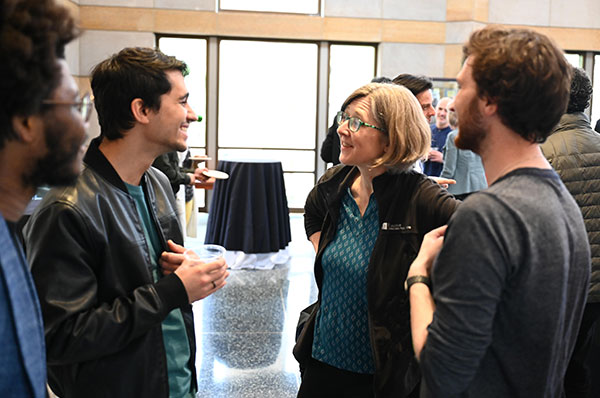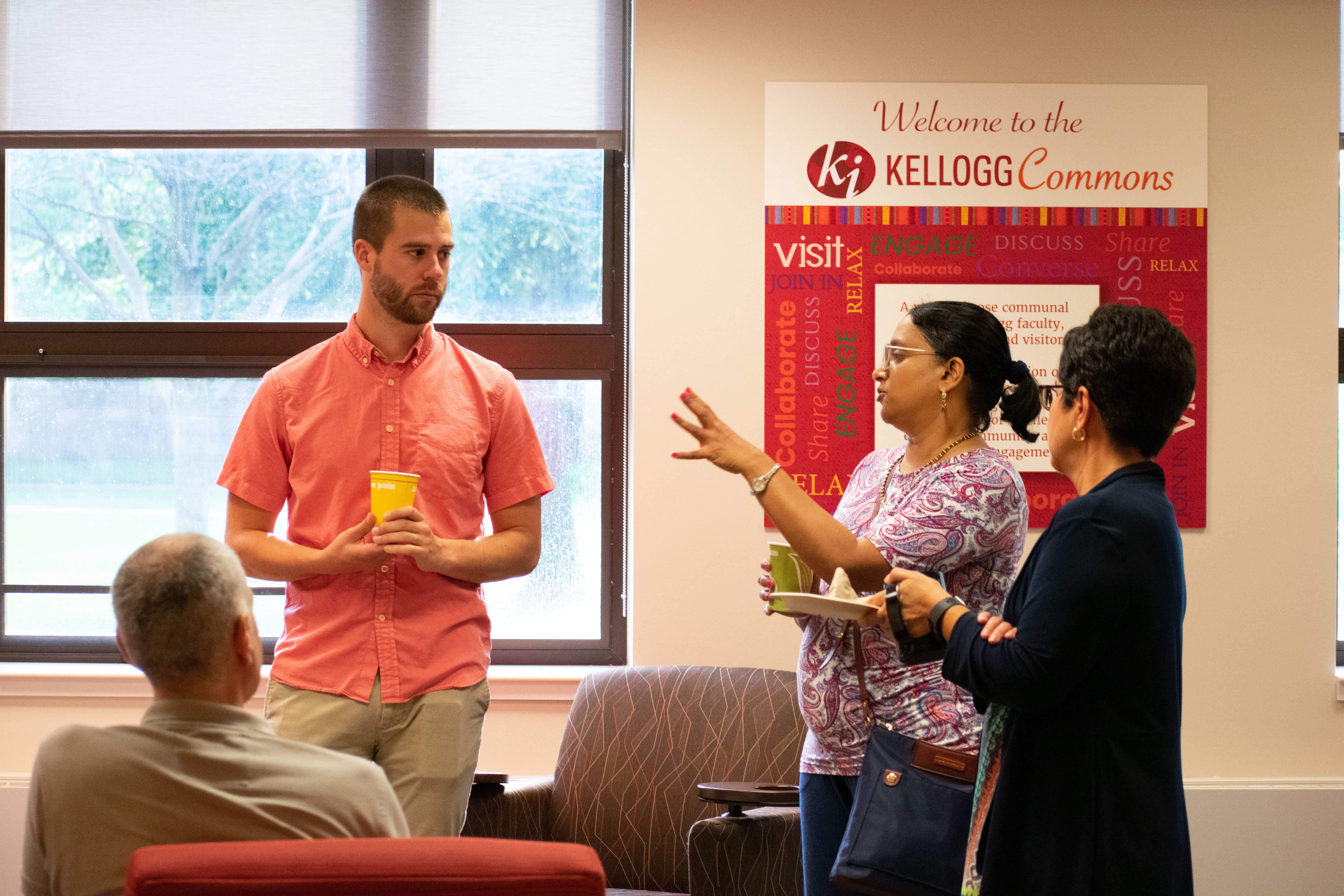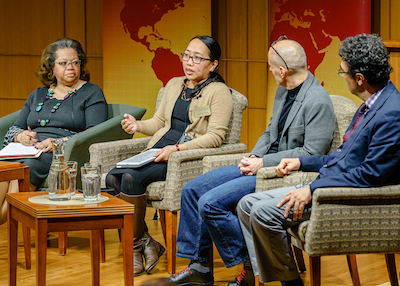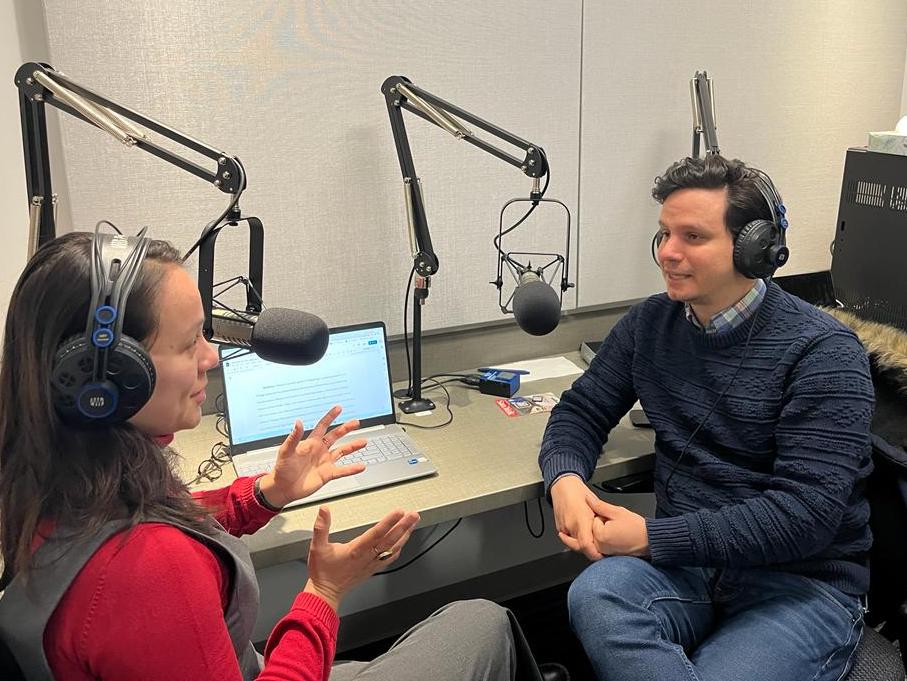120th American Sociological Association (ASA) Annual Meeting; Chicago, Illinois
Kellogg Institute Conference Travel Grants
Conference: 120th American Sociological Association (ASA) Annual Meeting, Chicago, Illinois
Presentation: From Digital Networks to Real-World Journeys: How Chinese Migrants Navigate Informal Pathways to the U.S.
Conference Report:
At the 2025 American Sociological Association Annual Meeting, I presented my preliminary paper, From Digital Networks to Real-World Journeys: How Chinese Migrants Navigate Informal Pathways from China to the United States. This work examined how Chinese migrants rely on online networks—particularly Telegram group chats—to navigate informal migration routes through Latin America to the U.S. Drawing on 1,202 Telegram messages and ten in-depth interviews, I showed that digital weak-tie networks function as decentralized migration hubs, providing real-time route information, facilitating peer-to-peer trust-building, and offering both logistical and emotional support. These online platforms do not eliminate the role of traditional brokers, but they significantly erode their monopolistic control by enabling migrants to selectively approach facilitators while maintaining greater autonomy.
The discussion at the roundtable emphasized two important aspects that will shape my research moving forward: the development of research questions and cases, and the refinement of research methods. Several participants encouraged me to extend my comparative lens by examining how current Chinese migrants’ reliance on online networks differs from earlier waves of Chinese migrants who depended primarily on traditional, kinship-based migration pathways. This historical comparison would help clarify whether digital platforms represent a rupture in the mechanisms of migration support, or whether they function as technological extensions of longstanding forms of collective organization. Others suggested situating Chinese migrants within a broader transnational frame by comparing their experiences to those of Latin American migrants, who also use digital platforms such as WhatsApp, Facebook, and TikTok to navigate precarious journeys. A comparative approach of this kind would allow me to identify both common strategies across migrant groups and unique challenges that stem from differences in linguistic barriers, legal frameworks, and geopolitical positioning.
On the methodological side, the roundtable sparked productive ideas about how to capture and analyze processual data in richer and more rigorous ways. Participants raised possibilities such as incorporating large language models (LLMs) and other AI-assisted tools to scrape, categorize, and code the vast volumes of text generated in digital migration forums. Such approaches could make it possible to track discursive shifts over time, identify emergent trends, and detect patterns in how information circulates within and across groups. Others pointed to the value of qualitative analysis software for better integrating ethnographic fieldnotes, interviews, and digital observations into a unified dataset, thereby deepening the interpretive dimension of the work. A further suggestion was to experiment with network analysis techniques to visualize relationships among actors, platforms, and information flows, which could help to reveal the structural properties of migrant digital communities that may not be visible through qualitative observation alone.
Moving forward, I plan to collect more data via digital ethnography and conduct additional interviews. I will share the feedback from this conference with my advisor to further refine my research questions and cases, and to explore computational methods for analyzing ethnographic data. These steps will broaden the scope of my analysis, position my research more firmly within comparative global migration debates, and contribute to advancing methodological approaches in the study of international migration.






